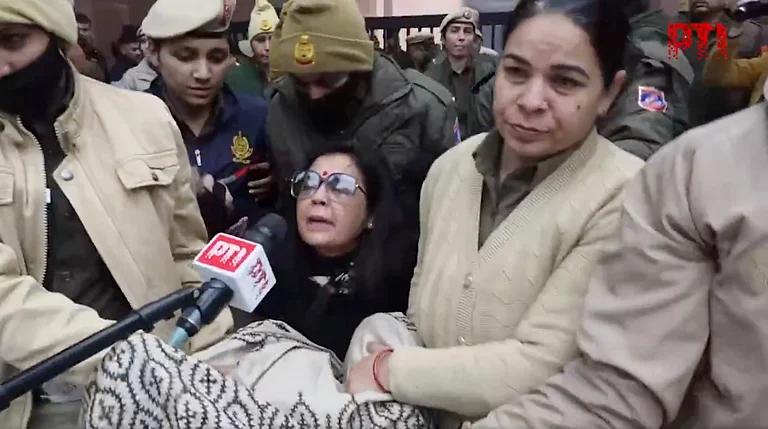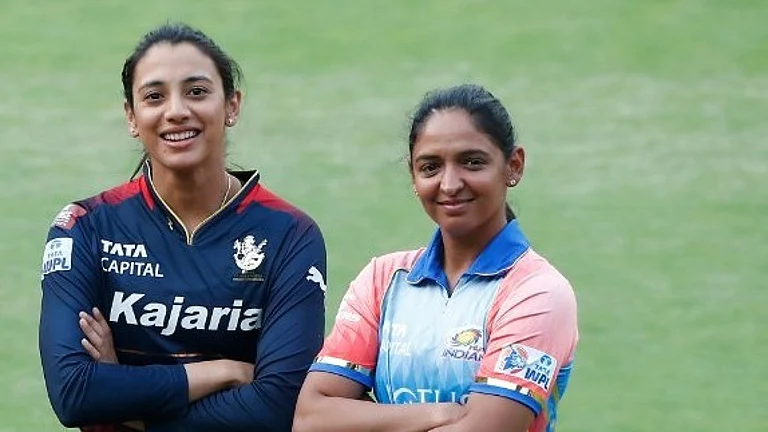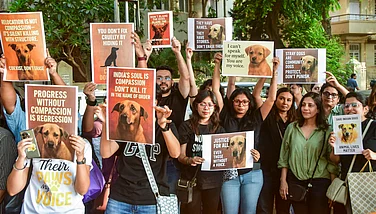In a bid to commemorate the adoption of Constitution of the independent India, 26th of November is celebrated as the Constitution Day of India. This year, it marks the 73rd anniversary of the historic event that marked the dawn of a new era back in 1949.
The day, which is also known as Samvidhan Divas or National Law Day or National Constitution Day, also is celebrated to raise awareness about the Indian Constitution.
The BJP-led government declared 26th November as the Constitution Day to acknowledge and respect the contribution of the framers and to enlighten people on the prominent values that the constitution accommodates.
On this day in 1949, the Constitution of India was adopted and it came into effect on 26 January, 1950.
Constitution Day of India 2022:Celebrations
PM Narendra Modi in 2015 declared 26 November as Constitution Day while laying the foundation stone for Dr B R Ambedkar's Statue of Equality memorial. The same year also celebrated 125th birth anniversary of Babasaheb Ambedkar.
Reading of the Preamble to the Constitution to reaffirm our commitment to uphold and adhere to its ideology is an integral and imperative part of the celebrations. Other activities including Talks/Webinars focusing on constitutional values of the Indian Constitution also gets organised every year.
History behind the birth of Indian Constitution- The Chronology
On 15 August 1947, India earned independence and on 26 January 1950, we celebrate Republic Day to mark the enforcement of the Indian Constitution. Back in 1934, the demand of the Constituent Assembly was made. M.N. Roy, a communist party leader, introduced the idea. It was taken up by the Congress party and finally, in 1940, the demand was accepted by the British government.
Before independence, the Constituent Assembly met for the first time on 9 December 1946. Dr. Sachchidananda Sinha was appointed as the first president of the Constituent Assembly. The meeting continued till 24 January, 1950.
During this time, total of 11 sessions were convened and met for around 166 days. This two months, between the adoption and enforcement of the Indian Constitution were deployed for thorough reading. Translation from English to Hindi was also done during this time.
On 29 August 1947, a Drafting Committee was constituted to prepare a Draft Constitution with Dr. B.R. Ambedkar as the Chairman.
On 26 November, 1949, the Committee had finished their work. On 24January 1950, the process was completed and the members pf the committee signed two handwritten copies of the document. One each in Hindi and English.
On 26 January, 1950, the Constitution of India came into force and became the law of the land.
Preamble to the Constitution of India
“WE, THE PEOPLE OF INDIA, having solemnly resolved to constituteIndia into a SOVEREIGN SOCIALIST SECULAR DEMOCRATIC REPUBLIC and to secure toall its citizens: JUSTICE, social, economic, and political; LIBERTY of thought, expression, belief, faith, and worship; EQUALITY of status and of opportunity; and to promote among them all FRATERNITY assuring the dignity of the individual and the unityand integrity of the Nation; IN OUR CONSTITUENT ASSEMBLY this twenty-sixth day of November,1949, do HEREBY ADOPT, ENACT AND GIVE TO OURSELVES THIS CONSTITUTION.”
Socialist, Secular, and Integrity- these three words were included later when it was amended by the 42nd Constitutional Amendment Act in 1976.
According to the Constitution, India is a sovereign, socialist,secular, democratic republic, assuring its citizen's justice, equality, andliberty and endeavours to promote fraternity.
The Indian Constitution delineates the fundamental political code, structure, procedures, powers, and duties of the government institutions.It also extensively explains the fundamental rights, directive principles, and the duties of citizens.
India’s constitution holds the reputation of being the longest written constitution in the world. It took around 2 years, 11 months, and 17 days to complete the Constitution.


























